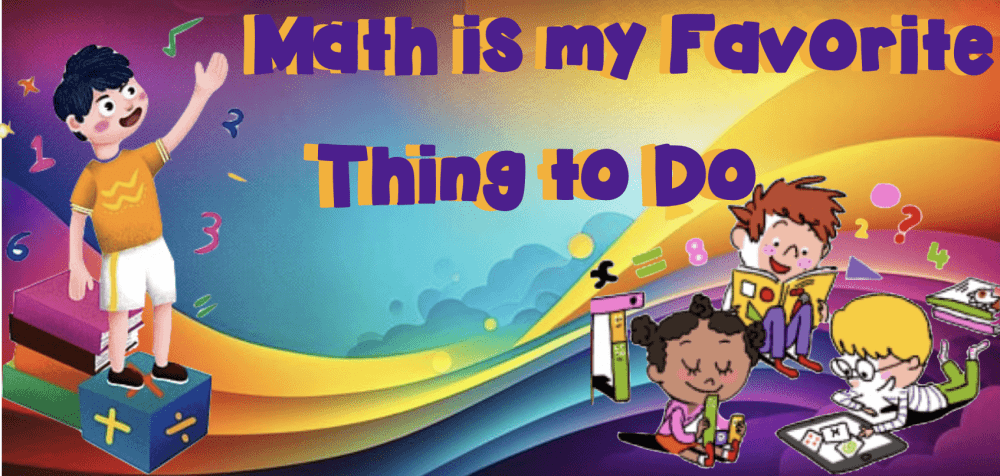Upcoming important dates:
February 14th – Valentine’s day party at 1pm
February 16th – 19th – School holiday
February 23rd – 3rd grade parent lunch
February 28th – Early release at 11:30am
TEKS: MATH
3.3H – (R)- Compare two fractions having the same numerator or denominator in problems by reasoning about their size and justifying the conclusion using symbols, words, objects, and pictorial models.
3.3F – (R)- represent equivalent fractions with denominators of 2, 3, 4, 6, and 8 using a variety of objects and pictorial models, including number lines
3.3G – (S)- explain that two fractions are equivalent if and only if they are both represented by the same point on the number line or represent the same portion of a same-size whole for an area model
STUDENT-FRIENDLY LEARNING OBJECTIVES
I can compare two fractions with the same numerator or denominator and justify my conclusion, using symbols.
I can compare two fractions with the same numerator or denominator and justify my conclusion, using words.
I can compare two fractions with the same numerator or denominator and justify my conclusion, using objects.
I can compare two fractions with the same numerator or denominator and justify my conclusion, using models.
I can represent fractions with objects, models, and number lines.
I can explain why two fractions are equivalent.
TEKS: SCIENCE
3.8B (S) – describe and illustrate the Sun as a star composed of gases that provides light and thermal energy;
3.8C (R) – construct models that demonstrate the relationship of the Sun, Earth, and Moon, including orbits and positions; and
3.8D (S – 5th grade) – identify the planets in Earth’s solar system and their position in relation to the Sun.
STUDENT-FRIENDLY LEARNING OBJECTIVES
I can describe the Sun as a star composed of gases that provides light and thermal energy.
I can illustrate the Sun as a star composed of gases that provides light and thermal energy.
I can construct models that demonstrate the relationship of the Sun, Earth, and Moon, including orbits and positions.
I can identify the planets in our solar system.
I can identify the planets in their position in relation to the Sun.
